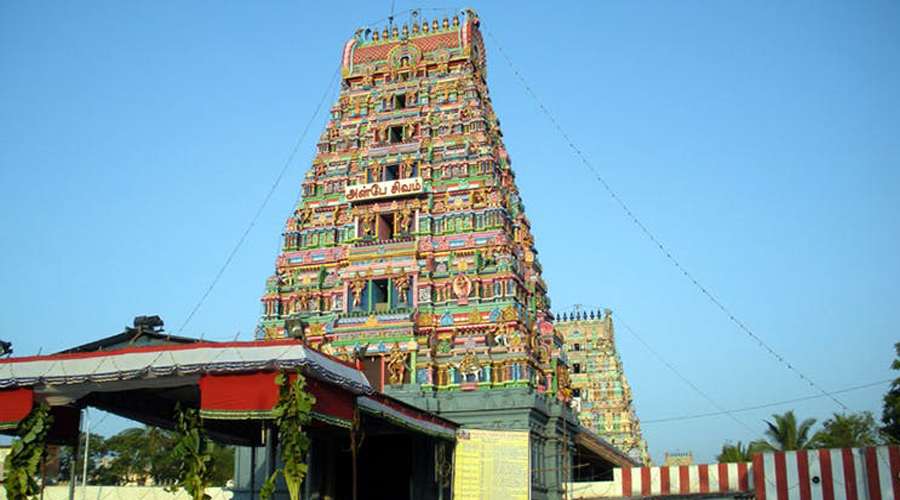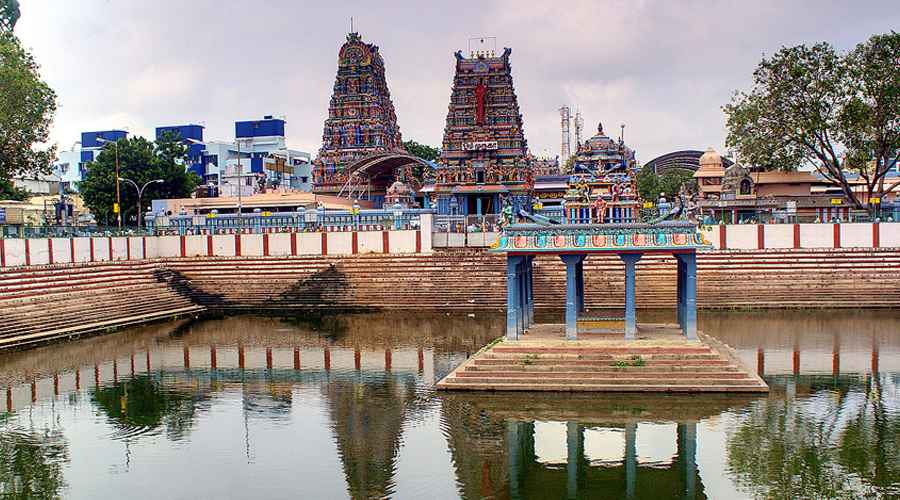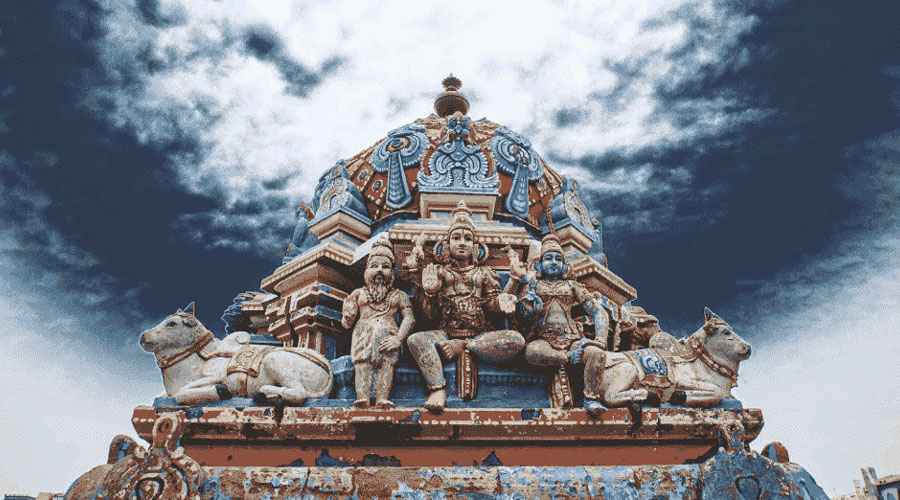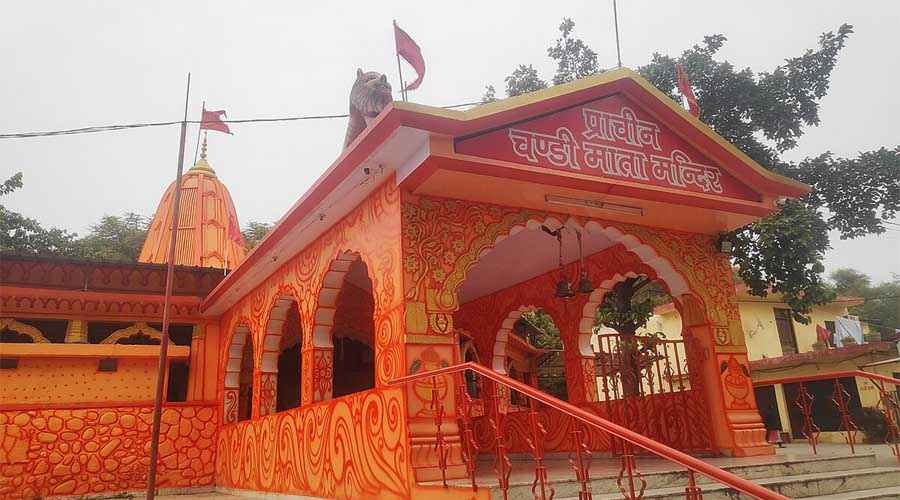Sri Harmandir Sahib, popularly known worldwide as the Golden Temple, is the holiest shrine of Sikhism and a symbol of spiritual harmony, humility, and equality. Situated in the ancient city of Amritsar in Punjab, India, this breathtaking monument draws millions of devotees and tourists annually who come not only to witness its dazzling golden façade but also to immerse themselves in the profound spiritual atmosphere it exudes.
Historical Origins and Construction
The origins of Sri Harmandir Sahib trace back to the late 16th century. The land for what would become the city of Amritsar—and the sacred pool called Amrit Sarovar—was acquired by Guru Ram Das, the fourth Sikh Guru, around 1577. This pool was carefully excavated as a spiritual center, symbolizing purity and the flow of divine nectar.
The fifth Sikh Guru, Guru Arjan Dev Ji, oversaw the actual construction of the Harmandir Sahib itself. The foundation stone was laid in 1581, with construction completed in 1589. Guru Arjan made revolutionary architectural choices: instead of an elevated shrine typical of Hindu temples, he envisioned the temple built at a lower level, requiring devotees to descend steps to enter. This design emphasized humility—a key Sikh value—and symbolized the need to shed ego before experiencing the divine.
Moreover, the temple was designed with four entrances, welcoming people from all directions and symbolizing the Sikh tenet of openness and inclusivity regardless of caste, creed, or religion. Guru Arjan also compiled the Adi Granth, the first version of the Sikh scriptures, and installed a copy inside the temple in 1604, solidifying the temple’s role as the spiritual epicenter of Sikhism.
Legend says the foundation stone was laid by the Sufi saint Mian Mir, reflecting Sikhism’s historic respect for other faiths, though some scholars question this account. Regardless, Guru Arjan’s vision set the tone for a faith centered on unity and acceptance.
Architectural Marvel
Sri Harmandir Sahib is a masterpiece blending diverse architectural influences—Mughal, Rajput, Hindu, and Islamic—that together create a unique and exquisite style. The temple stands as a two-story structure made primarily of white marble at its base, topped with an upper section clad in pure gold leaf, giving the temple its iconic shimmering appearance.
At the heart of the temple rises a magnificent golden dome shaped like an inverted lotus, symbolizing purity and spiritual awakening. This dome gleams brilliantly under the sun, while its reflection in the surrounding holy tank, the Amrit Sarovar, creates a mesmerizing visual that captivates visitors at every hour. The temple complex itself is surrounded by the sacred pool measuring about 150 meters on each side.
The temple structure rests on a square platform in the middle of the pool, accessible by a marble causeway adorned with marble balustrades and traditional lamps. Intricate artistic elements such as floral motifs, elegant frescoes, and calligraphies from the Guru Granth Sahib decorate the walls and ceilings inside the temple, symbolizing Sikh spirituality and artistic heritage.
The inside houses the Guru Granth Sahib under a richly decorated canopy adorned with precious stones and mirrors, contributing to a deeply reverential atmosphere.
Spiritual Significance
The Golden Temple is not merely an architectural wonder but also the holiest pilgrimage site in Sikhism. It represents the core Sikh values of devotion, humility, equality, and community service. It is unique in expressing these principles not only through its teachings but also via its design and functioning.
The presence of four entrances symbolizes the Sikh belief in universal acceptance—that the doors to spirituality are open to all, regardless of race, religion, or social standing. The tradition of Langar, or community kitchen, at the Golden Temple is one of the largest free kitchens in the world, serving thousands of meals daily to visitors of all backgrounds without distinction. This practice emphasizes the Sikh principles of seva (selfless service) and communal equality.
The temple’s continuous chanting of sacred hymns (kirtan) and the daily recitations from the Guru Granth Sahib create an immersive spiritual experience that invites reflection, peace, and devotion.
Historical Trials and Resilience
The temple has witnessed numerous historic upheavals. It was damaged and rebuilt several times due to invasions and conflicts, notably during Afghan invasions in the 18th century. In the early 19th century, Maharaja Ranjit Singh undertook significant renovations and gilded the temple’s domes with gold, giving it the radiant glow for which it is now famed.
The 20th century brought other challenges. During the tumultuous period of 1984, the temple suffered significant damage during Operation Blue Star, a military action aimed at removing militants. The temple was swiftly repaired thereafter, symbolizing the community’s resilience and unshakable faith.
Visiting Sri Harmandir Sahib
Today, millions of visitors flock to the Golden Temple annually. It welcomes everyone—pilgrims, spiritual seekers, and tourists. Visitors are expected to cover their heads, remove shoes, and wash their feet before entering, reflecting respect and purity in the sacred space.
The experience of walking across the gleaming marble causeway, surrounded by the tranquil Amrit Sarovar, and stepping inside the golden sanctum is unforgettable. The peaceful hymns and the gleaming holy scripture invite a moment of profound connection transcending language and culture.
Visitors also cherish the simple yet deeply meaningful experience of partaking in the Langar meal, a universal symbol of Sikh hospitality.
Conclusion
Sri Harmandir Sahib, the Golden Temple, stands not only as a stunning architectural marvel but as a vibrant beacon of Sikhism’s deepest principles: equality, humility, and universal brotherhood. It embodies a spiritual vision where all are welcome, and where divine grace is accessible without barriers.
From its founding by Guru Arjan Dev Ji to its radiant gilded beauty under Maharaja Ranjit Singh, through trials and triumphs, the Golden Temple remains the heart of Sikh faith and a symbol of hope and unity for humanity. Visiting this sacred sanctuary is a transformative experience, touching the soul with its message of peace and devotion reflected in shimmering gold and gentle waters alike.











